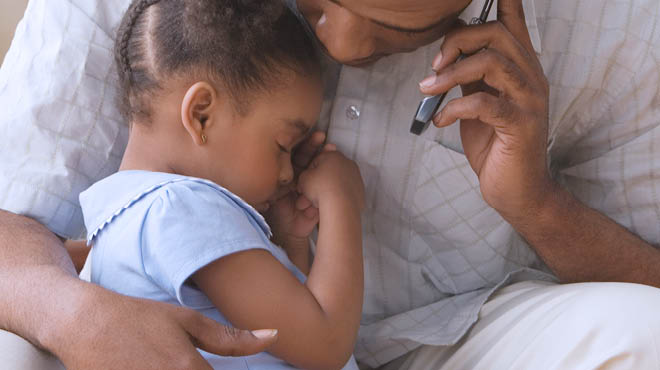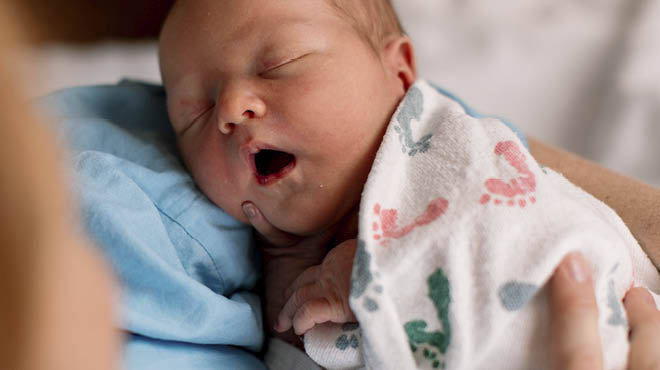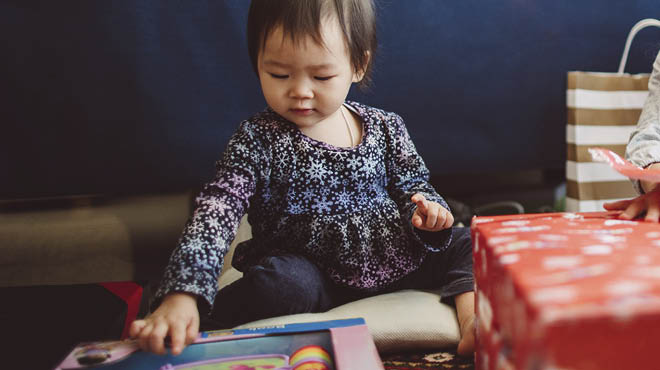Recent Posts
Reducing lead exposure in children

Lead is present in the soil, food supply and water sources. Lead also may be present in pottery dishes, antique toys, skin care products and paint in a house built before 1978. Most of the lead that enters the body comes from eating and breathing it in.
There is no known safe blood level concentration of lead. That's why it's important to know about lead sources, recent progress in reducing lead exposure and recommendations on how to avoid lead poisoning, especially in children.
The good news is that safety standards implemented in the last 20 to 30 years have significantly decreased people's exposure to lead. You can no longer buy paint products with lead, and lead has been removed from gasoline. Testing for lead has become more common and precise. For example, water can be measured in the number of parts per trillion.
Decreasing lead exposure in children
Lead poisoning results from too much lead built up in the body. It can cause learning, behavior and health problems in children. Your children can have blood tests to check their lead levels if you're concerned about their lead exposure.
Children under 6 are at greatest risk for lead poisoning, particularly if they spend time in homes built before 1978. Prior to that date, lead was allowed in household paint. Children may be exposed to lead in homes being renovated, or with chipping or peeling paint. Lead also can be found in the soil around homes and buildings where children play.
Toys should not contain lead, but some toys put children at risk for lead exposure. Antique toys or collectible items may have lead paint. Do not give children toys with peeling or chipping paint.
Lead exposure during pregnancy
If you are pregnant, you can pass your lead exposure to your fetus through the placenta. You can mitigate this exposure by maintaining a good iron level and getting checked for anemia during prenatal care. Prenatal vitamins contain iron supplements.
Pregnant or breastfeeding women also should avoid being around renovations to a home built before 1978 since dust and particles from paint that is disrupted during construction can pose a risk for lead exposure. Pipes in homes also may be a source of lead exposure.
Lead in baby food and water
Adults absorb only about 1% of the lead in food or water. But for babies and children, the absorption rate is about 50% of the lead in water and food products.
Breastfeeding decreases the exposure of toxic metals to a baby, including lead. Complementary foods usually are introduced at six months in an exclusively breastfed baby. For other babies, foods typically are introduced at about four months. As with an adult, lead exposure from food can be decreased with a diverse diet.
Because some baby foods have higher levels of heavy metals, including lead, parents should consider feeding their babies a variety of foods to decrease their lead exposure. For example, rather than just using rice cereal, which may have a higher amount of lead, consider feeding a variety of grains, including oat, barley and multigrains. Read the food labels for information and recommendations based on age and possible allergens.
The water supply in certain cities or states may be tested regularly by the municipality. If you get your water from a well, it can be tested for lead.
Babies and adults have less exposure to lead now than 30 years ago. Lead is measured more precisely, and food and environmental standards continue to increase. Talk with your health care team if you have concerns about lead exposure.
Dennis Costakos, M.D., is a neonatologist in La Crosse, Wisconsin.






